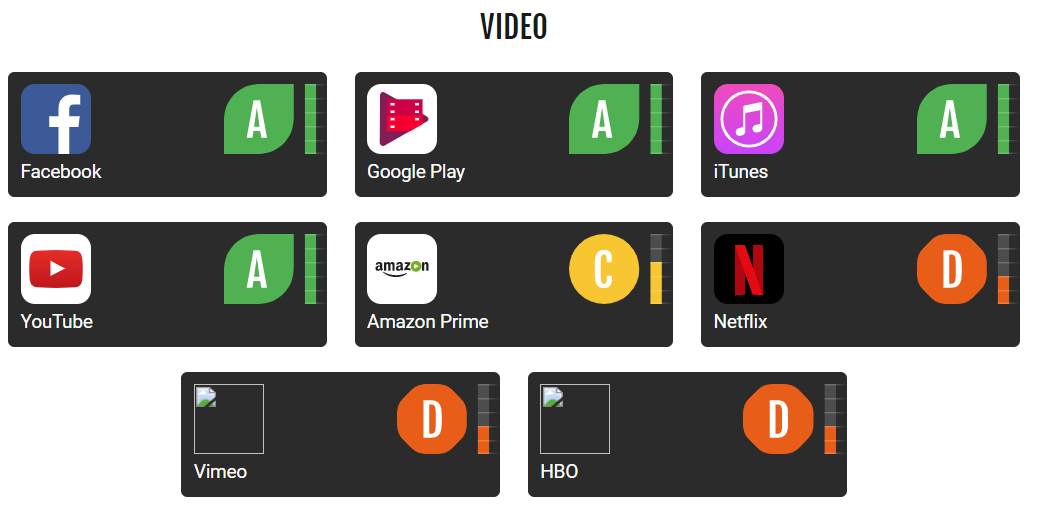Lesson 6Content first
- Notion 33 - Content strategy (objectives, audience, and purpose).
- Notion 34 - Think inclusive and equitable design (JEDI practises).
- Notion 35 - Why and how you should avoid Dark Patterns.
- Notion 36 - Accessible content.
- Notion 37 - Content´s expiry date.
- Notion 38 - SEO and keywords.
- Notion 39 - Case analysis: Less is more. (https://a-k-apart.com/)
- Notion 40 - Review / assessment
Notion 33
Content strategy (objectives, audience, and purpose).
Target skills
One of the website components that can contribute to digital sustainability is the content.
Each time our visitors navigate to a new page, our site refreshes and sends requests to load all the features again from the server. In order to reduce these user journeys to accomplish their goals we can consolidate our content to have fewer pages. This means providing exactly the amount of information needed. That will also result in:
- customer satisfaction as they can quickly find what they need;
- save energy by reducing the time spent online and the number of pages loaded;
- improves SEO (Search Engine Optimization – you can learn more about in Unit XII).
How quickly the users get to the content that answers their questions at any moment is what contributes to a more sustainable content strategy.
Let’s see what are the main content principles that meet our organizational needs and at the same time consider their environmental impact. We provide 7 steps to create a sustainable content strategy:
1. State your objectives.
Content strategy helps the organization achieve its goals. So, the first step would be to set these objectives. Be clear and specific in order to easily analyse whether the goals were achieved.
2. Determine your audience.
This step consists of putting a face to the person you are creating content for. Once you have determined the audience and their needs, you can address them in the most effective way.
3. Find a place for your content to live on.
There are many platforms to distribute the content. Don´t try to mark your presence on all of them (it is not the most sustainable way). Investigate which communication channels are mostly used by your target audience. Pick those that give you the highest possibility to catch your target users’ attention. Pay attention to how sustainable the platform itself is. If your audience prefers video, you can choose between Youtube or Vimeo. According to Greenpeace “Clicking Clean 2017 Report” Youtube being part of Google products is carbon neutral and Vimeo gets low marks for environmental sustainability from Greenpeace (you can get more details at: http://www.clickclean.org/uk/en/ ).

4. Set editorial standards.
Syntax, style, grammar, voice etc., define all those standards for your communication. Whether you chose to be informal or academic, stay consistent through all your communication channels. Also, don´t forget about the importance of making your content accessible so that it can be reached by anyone in spite of their abilities.
5. Define visual standards.
Visual aesthetics are a vital part of the content strategy. On the other hand, images and videos are the biggest energy users. We don´t suggest that your sustainable website should be text only, but keep imagery and video as energy efficient as possible. In the next units (8 and 9) we will study in detail how to optimize them. The general tip: before using any multimedia ask yourself: Does it add something for a user? If there is no clear purpose, perhaps you don´t need it on a particular page.
6. Define a distribution strategy.
Once you defined the channels for your content distribution, you should state how you will do that. Will you pay for promotional posts and if so, have you set a budget for that purpose? How might user interactions widen your potential reach? And the most important thing – how often will you have to create new content. It is very helpful to define good practices for adjusting post frequency and traffic generation.
7. Measure your success.
You cannot track what you don´t measure. Measuring performance is important in order to determine what´s most important for your users. Knowing this you will be able to create content that meets their needs in the best way. Set specific criteria to measure content performance: clicks, views, purchases, signups, information requests etc. Choose the tools that help you better understand your content performance. Google Analytics is one of them.
The content strategy is important but not sufficient. You should also maintain it over time. To make your content governance process effective include regular team meetings, performance reports and content audits. It will help you easily identify areas for improvement and better prepare for the future.